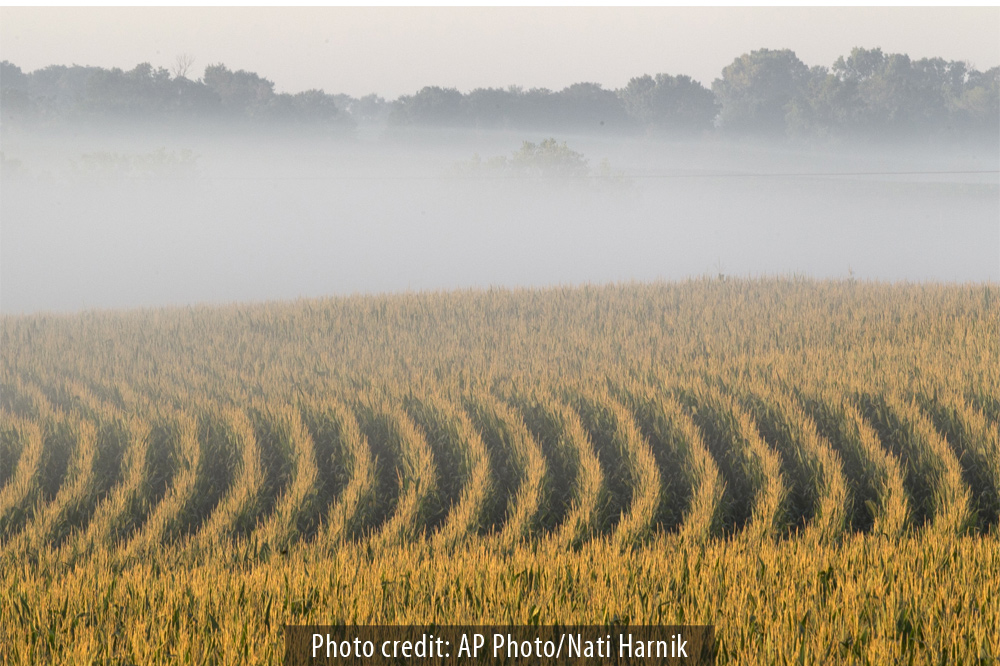Analysts at Fitch Ratings say they believe the leading writers of crop insurance will be able to absorb any near-term crop losses from the current drought in the Midwest.
Fitch said the insurers are likely to maintain current levels of financial strength “due to the primary writers’ size, diverse portfolios, conservative use of additional reinsurance, and the business line’s historical profitability.”
While underwriting performance in crop insurance is likely to deteriorate in 2012, the size of the losses is difficult to estimate, according to Fitch analysts. However, they said, private insurers’ net losses, after federal and private reinsurance, are anticipated to have more of an impact on earnings rather than capital.
Multiperil crop insurance represents only about one percent of annual net written premiums of the property/casualty industry. The top writers of crop insurance are higher rated, large, diversified, global companies with solid balance sheets and experienced management teams that “primarily use this line of business to help diversify their risk by product and geography,” Fitch said.
The public companies with the largest market share in this line based on 2011 direct premium written include ACE Limited (issuer default rating [IDR] of ‘A+’), QBE Insurance Group Limited (IDR of ‘A’), Wells Fargo & Co. (IDR of ‘AA-‘), American Financial Group, Inc. (IDR of ‘A-‘), Allianz Insurance Group (IDR of ‘AA-‘), and Endurance Specialty Holdings (IDR of ‘A-‘).
Endurance has the greatest amount of crop insurance as a percentage of its total book at roughly 25 percent of net premium written, according to Fitch.
In addition to reinsurance provided by the federal government, crop insurance companies typically purchase reinsurance coverage from the private market.
Fitch analysts also said that “industry profitability over the past several years has also created a cushion for years of larger losses.”
The multiperil crop insurance (MPCI) is sold and serviced through private insurance companies. A portion of the premium, as well as the expenses of the private companies, is subsidized by the federal government. Through the U.S. Department of Agriculture (USDA) and its Federal Crop Insurance Corporation, it reinsures primary insurers on their retained premium, sharing in gains and losses in varying amounts, dependent on the state and funds in which the primary insurer has chosen to write business.
The MPCI program policies cover revenue shortfalls or production losses due to natural causes such as drought, rain, hail, wind, frost, insects, and disease. Most policies have deductibles ranging from 10 percent to 50 percent of the farmer’s risk. The USDA’s Risk Management Agency (RMA) sets the policy terms, conditions, and rates. Since premiums are affected by commodity prices, dollar volume of business that companies write can vary greatly from year to year.
Fitch said it anticipates that 2012 premium volume will be down overall compared to 2011 as a result of lower commodity prices used earlier this year to set rates for the upcoming period.
Source: Fitch Ratings
Was this article valuable?
Here are more articles you may enjoy.



 Michigan Supreme Court Rules Against Couple in Drone Surveillance Case
Michigan Supreme Court Rules Against Couple in Drone Surveillance Case  Biden Vetoes Bid to Repeal US Labor Board Rule on Contract, Franchise Workers
Biden Vetoes Bid to Repeal US Labor Board Rule on Contract, Franchise Workers  Berkshire’s ‘Most Important’ Biz Drives Q1 Results; GEICO Still Behind on Tech
Berkshire’s ‘Most Important’ Biz Drives Q1 Results; GEICO Still Behind on Tech  Insurer Chubb Readies $350M Payout Tied to Baltimore Bridge Collapse
Insurer Chubb Readies $350M Payout Tied to Baltimore Bridge Collapse 

